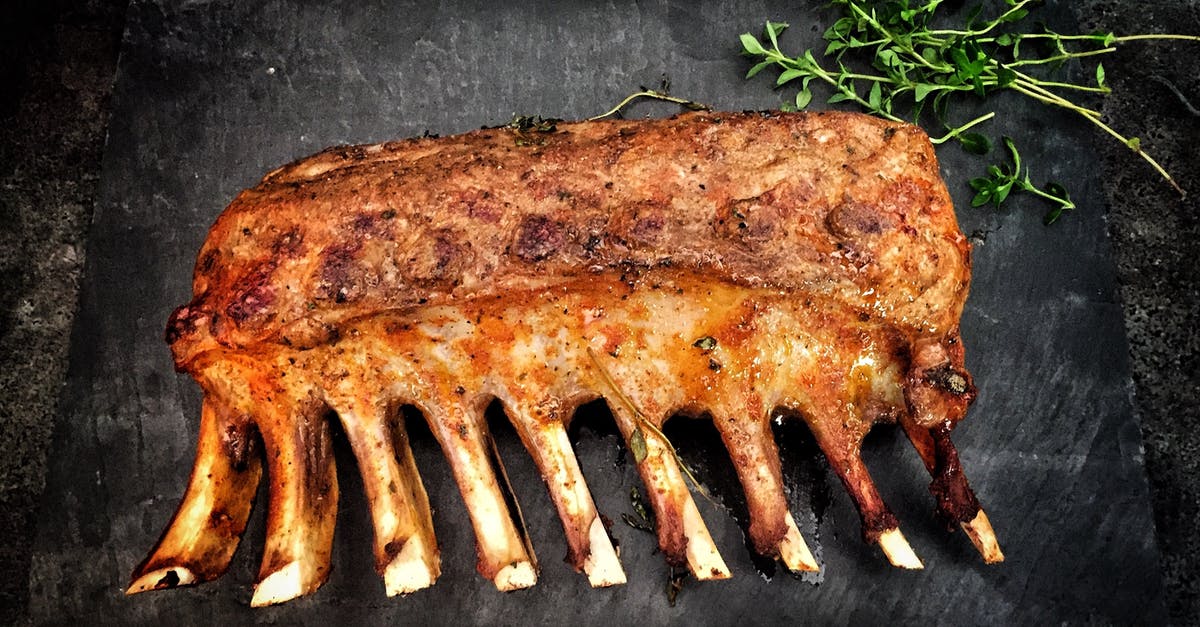Reproduce Korean BBQ Pork Jerky

Costco sells a Korean BBQ Pork Jerky with the brand name Golden Island

It's delicious- it's soft but chewy, smokey, sesame-ey, moist with the sugars but obviously also dried enough to not need refrigeration.
I've tried making it myself with mixed results. The marinade is easy: ginger, sesame, brown sugar, etc. The flavor is good but my texture isn't quite right. I tried my normal jerky method which is to marinate and dehydrate. As you would expect, the sugars didn't caramelize correctly and the meat didn't take on the soft, chewy, candied texture that I crave.
The labeling and the texture imply that the meat is cooked. A Chinese pork "jerky" that I learned about from this question is only cooked. I want the meat to also be preserved so only roasting/grilling is insufficient.
There are several questions here:
Does this product represent a dish in Korean cuisine or is it a fusion variation? If I could find a name I could find a recipe.
How could I both cook and preserve my pork?
The options that come to mind are:
- Smoking until dehydrated (requires much more effort as I think it would have to be a cool smoking over a long period of time)
- Grilling briefly for flavor and then dehydrating until done. (does partially cooked meat still dehydrate?)
Is there some other method that I haven't thought of?
Best Answer
Does this product represent a dish in Korean cuisine or is it a fusion variation? If I could find a name I could find a recipe.
It does not appear to be a korean dish, rather a version of the chinese pork jerky, which has been seasoned with a korean bbq style.
How could I both cook and preserve my pork?
If you are trying to replicate the product, it doesn't appear to be a cooked and dried product. Unless you are trying to extend shelf life of your cooked meat.
The options that come to mind are:
Smoking until dehydrated (requires much more effort as I think it would have to be a cool smoking over a long period of time) Grilling briefly for flavor and then dehydrating until done. (does partially cooked meat still dehydrate?)
You could hot smoke the meat to be completely/partially cooked, before considering a preserving process.
Similarly grilling/broiling/roasting, before preserving. Of course you can dry/dehydrate most things that have water content.
Is there some other method that I haven't thought of?
If following the chinese jerky process I have seen, either:
- Raw meat is cooked, then brined/marinated in a meat tumbler
- Raw meat is brined/marinated, then cooked
You also need to consider whether you wish to have mince & reform the meat, or slice the meat thinly (eg meat slicer).
Pictures about "Reproduce Korean BBQ Pork Jerky"



Is it safe to make jerky out of pork?
Yes, pork jerky is safe to make as long as it is prepared properly. Since most homemade recipes don't use preservatives reduce the risk of foodborne illness, it is best to fully cook your jerky in four hours or less to ensure the meat does not linger in the temperature danger zone where bacteria can form.Is Korean beef jerky healthy?
High in protein and rich in nutrients such as iron, zinc, B vitamins, and omega-3 fatty acids, Korean beef jerky is a healthy snack that will boost your energy and help protect your body from certain ailments.What does Korean BBQ jerky taste like?
It's sweet with a pleasent soy sauce flavor and a hint of sesame. The sesame is less noticeable than the sweetness and soy sauce. The jerky isn't spicy despite chili powder on the ingredients list. The texture is nice and chewy but not hard or tough and the jerky also tasted quite fresh.How do you make teriyaki pork jerky?
IngredientsKorean Style BBQ Pork Jerky
More answers regarding reproduce Korean BBQ Pork Jerky
Answer 2
I marinated the meat for 24 hours in the Korean No1 Marinate and I added more brown sugar sesame seed and 1/4 can of coke and sprinkle of salt when I put the meat on the dehydrator. The dehydrator is with the heater and fan. I still rotate the trays every hour. The meat stayed soft, chewy and very tasty.
Sources: Stack Exchange - This article follows the attribution requirements of Stack Exchange and is licensed under CC BY-SA 3.0.
Images: Pixabay, pascal claivaz, Pixabay, Pixabay
